If you live in Spain, or have even flicked through the TV channels in a hotel, you might have noticed that almost every single foreign TV series and film is dubbed.
It’s so common in fact that American director Paul Thomas Anderson once said of Spain: “Spain is the worst place for arthouse cinema; the dubbing is ridiculous.”
It’s fair to say that Spaniards very rarely watch anything in its original language. Some say it’s sheer laziness as they can’t be bothered to read the subtitles, whereas others point to the dubbing obsession as one of the underlying reasons for Spain’s low level of English compared to other countries.
READ ALSO: Why are the Spanish ‘so bad’ at speaking English?
There is a paradox here. While roughly one in four Spaniards claim to be fluent in English, just 4 percent of Spaniards who go to the cinema choose to watch the original version with subtitles, according to Las Provincias.
So, why does Spain dub everything?
History
When sound films arrived in Spain at the beginning of the 20th century, films were dubbed for two reasons. Firstly, so that they could be understood by viewers because so few would understand the original language, but also due to the low levels of literacy in Spain at the time meant that subtitles wouldn’t have been much use anyway.
A few decades later, during the early stages of the Franco dictatorship, it was compulsory for all films to be dubbed into Spanish. The Language Defence Law, introduced in 1941, was used to strengthen Spanish nationalism by promoting Castilian Spanish through a mass cultural mode like cinema.
But it was also a form of censorship because it could alter or ignore entirely themes or comments that were deemed undesirable by the Franco regime. Perhaps the most famous example of this was in the classic film Casablanca. It was widely known that the character played by Humphrey Bogart fought in the Spanish Civil War as part of the International Brigades, in other words, as a Republican against the Franco regime, yet this fact was not included in the dubbed version shown in Spain.
READ ALSO: 17 hilarious Spanish translations of famous English movie titles
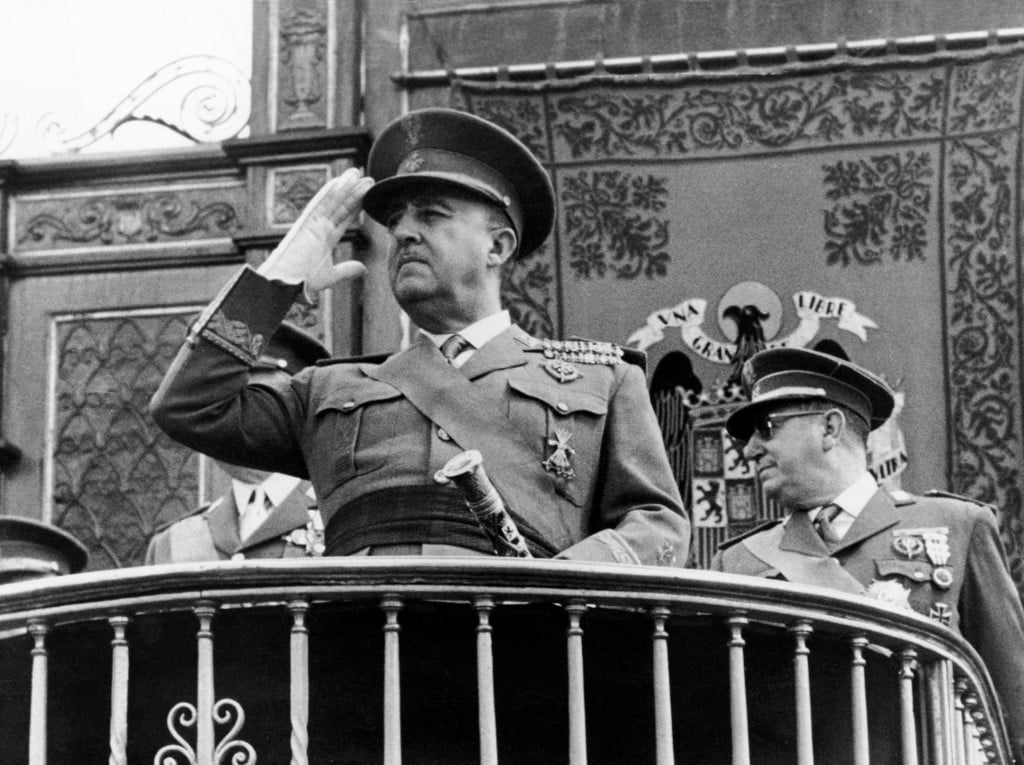
Money talks
Spain’s dubbing habits also have a financial explanation. Dubbing an entire film or TV series is a costly process. As such, it is only profitable to dub a film if it has a wide distribution market with millions of potential viewers.
This is why dubbing of films is common in Spain and in countries such as France and Russia, while in Scandinavian and Eastern European countries, due to the smaller number of native speakers, films and series are broadcast in their original version and subtitled.
According to figures from the Federation of Spanish Cinemas (FECE) from 2015, of the roughly 3,500 large screen cinemas in Spain, barely 200 of them showed international films in their original language.
Of the 94 million Spanish moviegoers that year, only 3.8 million went to original language screenings, and they took in 24.5 of the €572 million taken at the box office.

Are Spaniards missing out?
Dubbing, no matter how professionally it is done, will always lose nuance, miss puns, intonations and meanings only possible in the original version. Experts say that due to the long developed dubbing industry in Spain, the quality of dubbed films is high, yet it is undeniable that artistically speaking dubbed films lose something.
READ ALSO: Boogie noches: how erotic cinema boom in 1970s helped shape modern Spain
On top of that, having the original films also helps to improve foreign language skills, namely listening comprehension, pronunciation and vocabulary. Several studies show that watching films in the original language with subtitles can really help language learning, so dubbing undoubtedly takes away from this.
However, there is also the argument that many films and series might never be watched in the Spanish market if they weren’t dubbed because dubbing is so culturally embedded. The movie business is, after all, exactly that: a business.
Neutral accents and small pool of voice actors
If you speak decent Spanish, you might’ve noticed that the type of Spanish used for dubbing is quite distinct. Generally when watching a dubbed film in a Spanish cinema, the accents are quite well spoken — imagine the sort of Spanish you hear on TV adverts or the way news presenters speak.
In Spain, there’s a similar north-south accent divide to the United Kingdom, France and Italy for example, as well as supposed ‘better’ and ‘worse’ ones. In Spain’s case, northern accents are generally considered more neutral or ‘correct’, whereas southern ones are more often discriminated against.
READ ALSO: A handy guide to understanding Spain’s regional accents
In terms of dubbing, as in television more generally, almost all accents chosen are these rather neutral, well-spoken northern or Madrid accents. As is the case with news readers, it would be rare to hear a Murcian or Andalusian accent.
The most famous voice actor in Spain, the late Constantino Romero, made a name for himself thanks to his deep, resounding voice, which allowed him to dub Hollywood stars of the likes of Arnold Schwarzenegger, William Shatner, Roger Moore and James Earl Jones.
There’s tended to be a relatively small pool of voice actors in Spain, meaning that the person who does Bruce Willis’ voice also does Kevin Costner’s, or the voice actor who dubs Catherine Zeta-Jones is the voice of Julia Roberts and Sharon Stone as well.

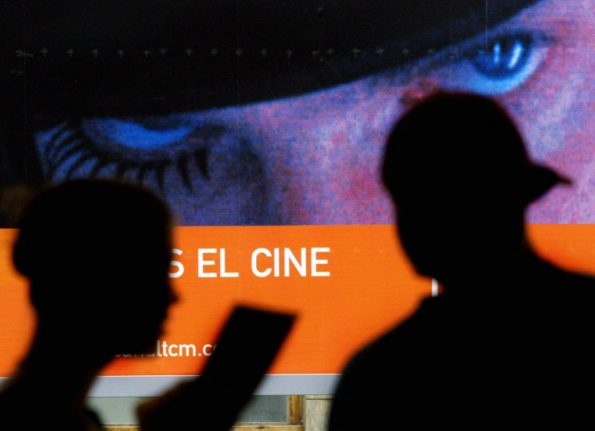

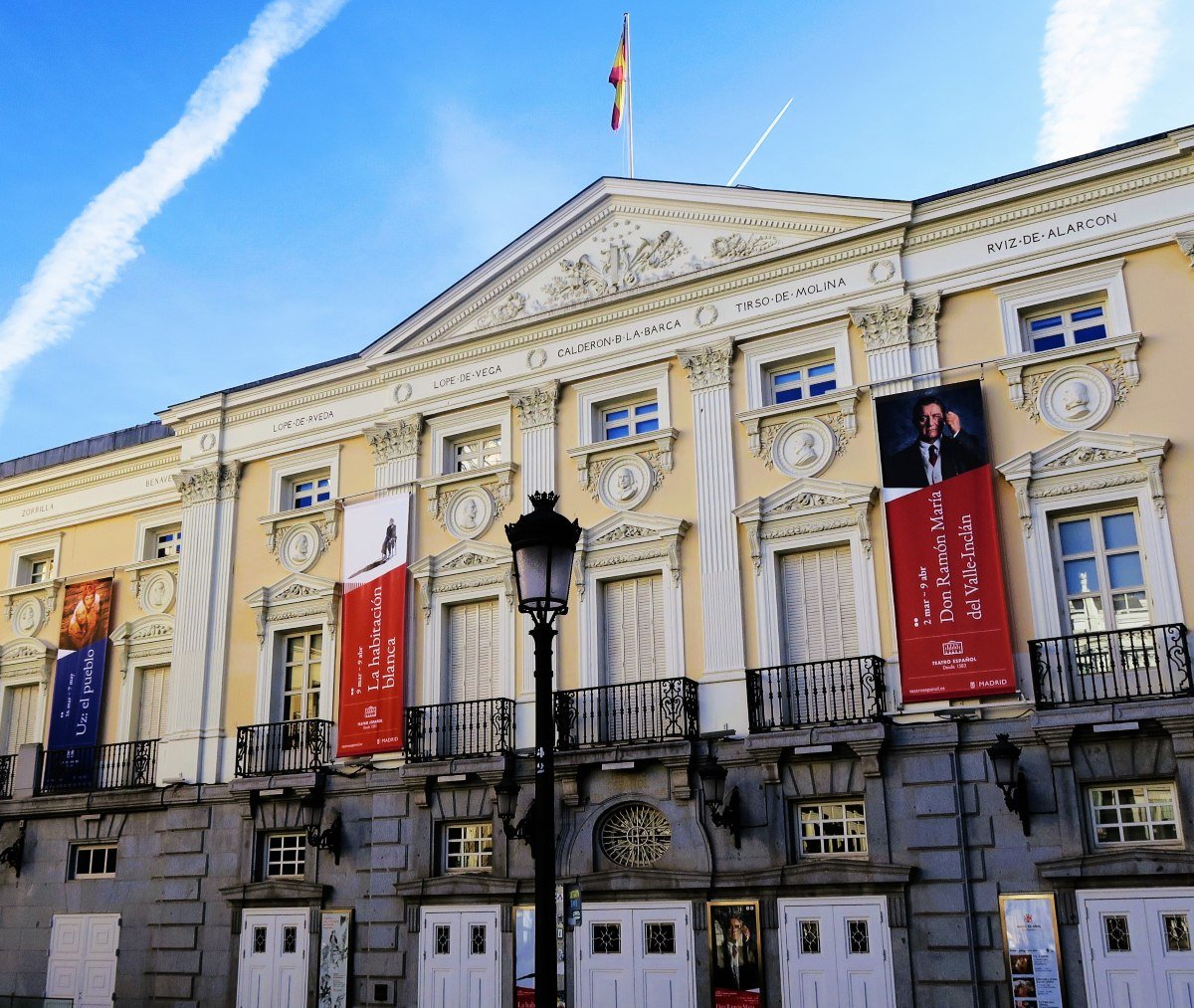
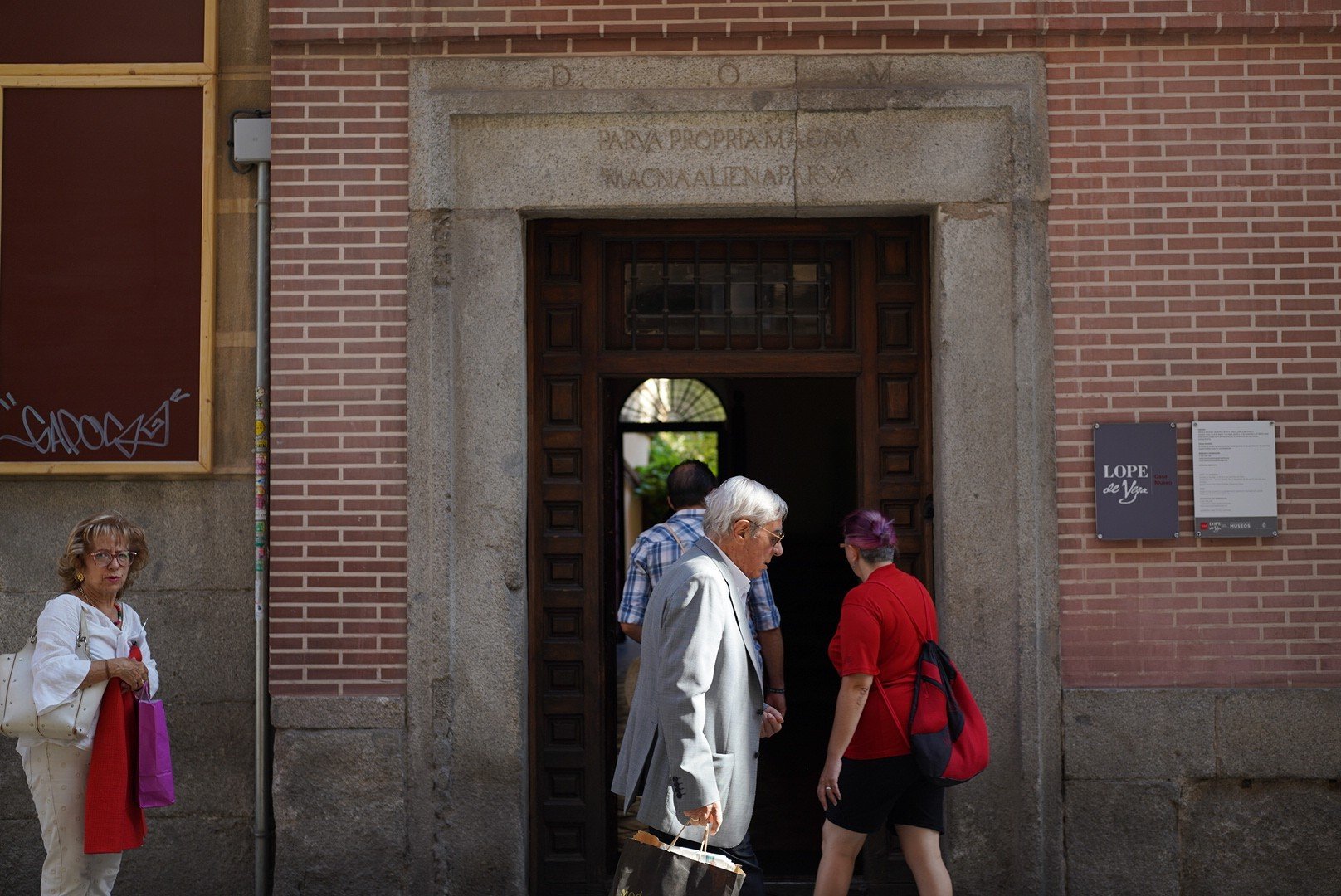


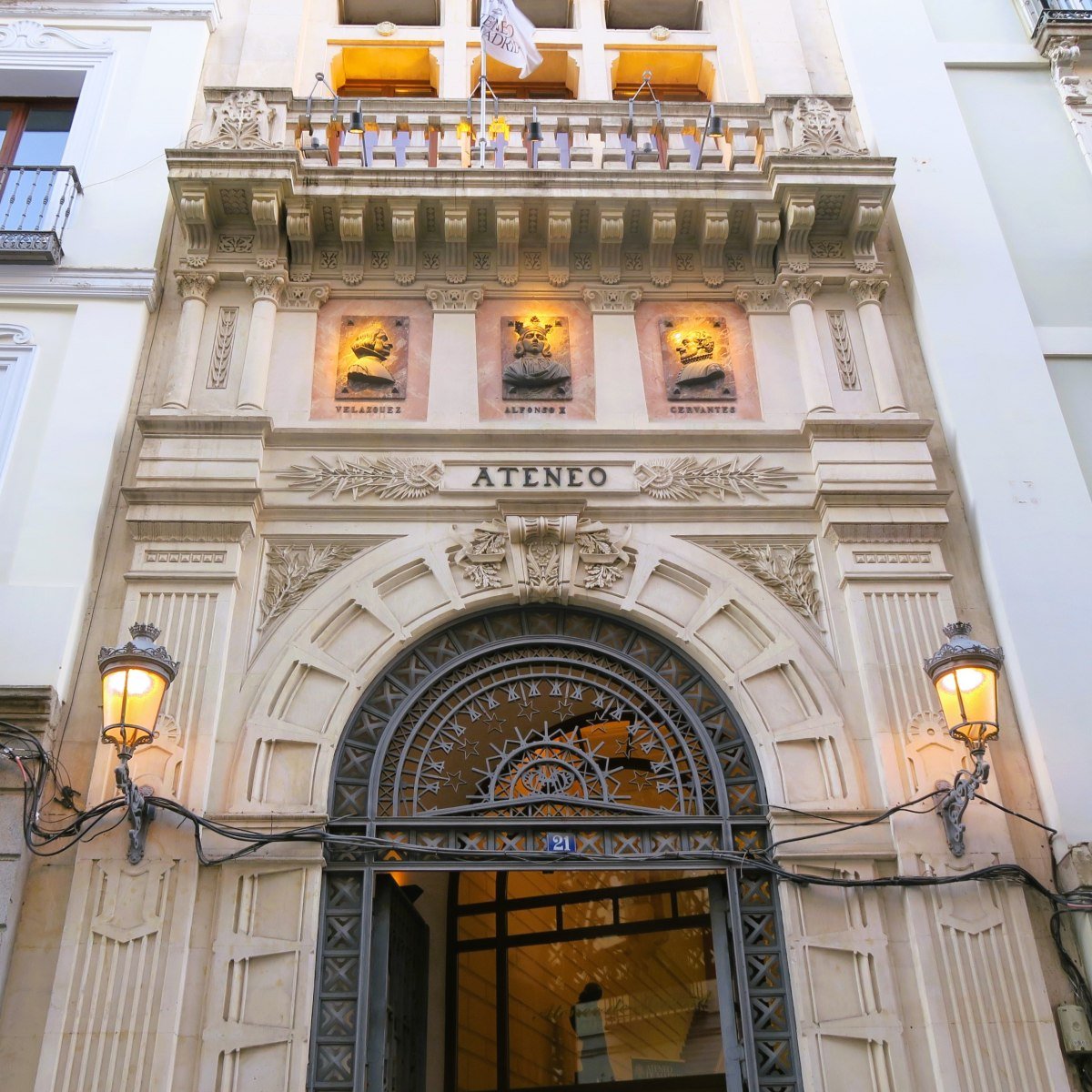
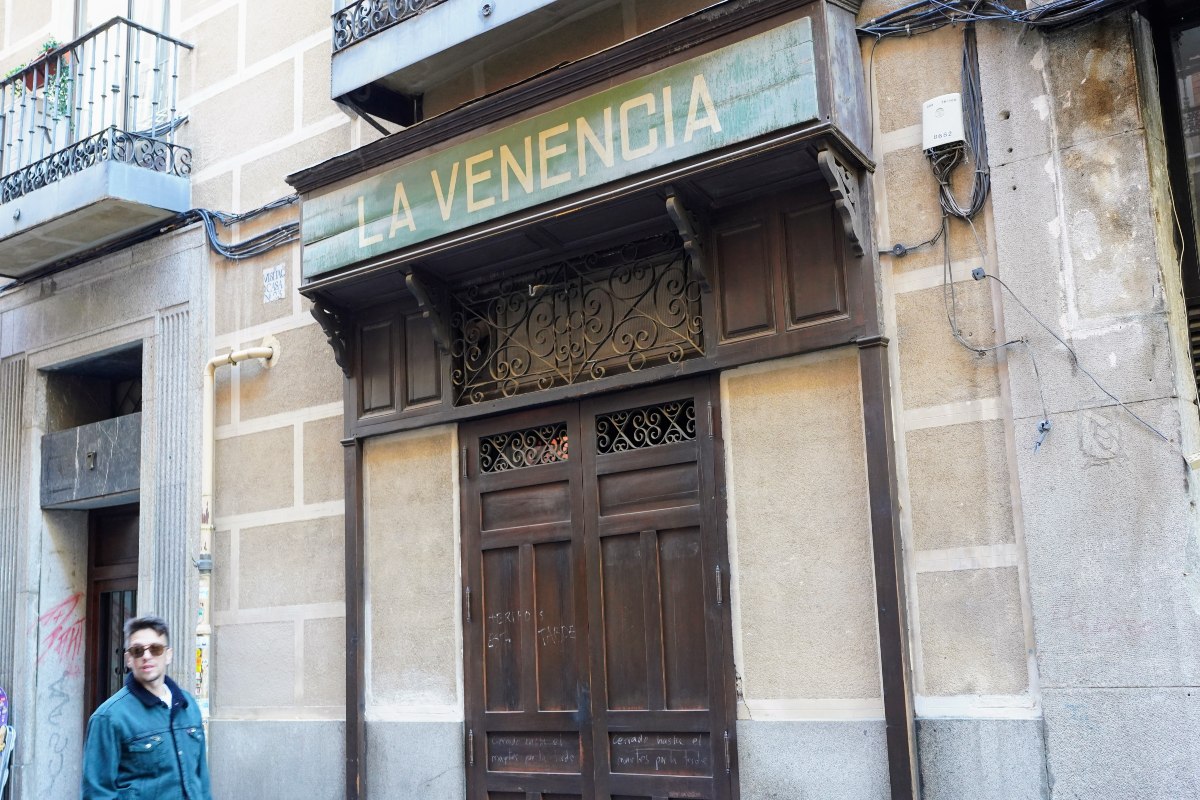
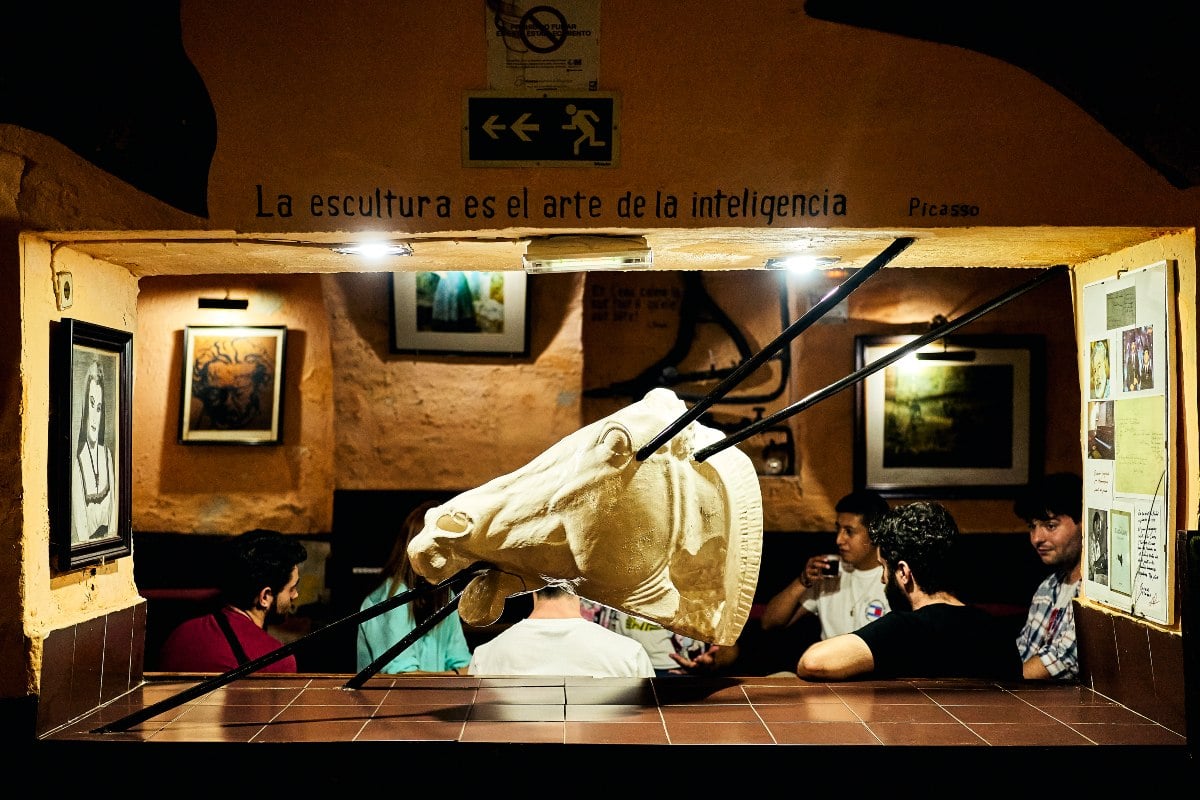
 Please whitelist us to continue reading.
Please whitelist us to continue reading.
On accent , I would comment that it seems American films are increasingly dubbed in South American accents.